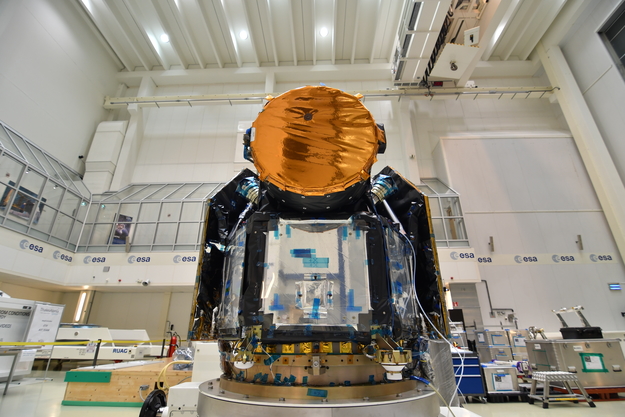About 490 light years from our planet in the constellation of Monoceros lies a G type star designated COROT-7. A little smaller and dimmer than our Sun, this star is circled by at least two planets, one of which, COROT-7b, is the most similar exoplanet to Earth yet discovered.
“Similar” in this case is far from identical. COROT-7b is bigger than Earth, weighing nearly five times as much as our planet and more than half again as wide. The exoplanet’s climate is warmer too as its orbit around its star brings it to within 1/20 of the the distance between Mercury and our Sun. Almost certainly the planet and star are tidally locked, with one side experiencing eternal day, the other an endless night. Tidal stresses in its crust may generate heat, melting rock and leading awesome volcanic activity, making it an Io on steroids. The surface temperature on the dayside could be 2500 degrees celsius or more. COROT-7b’s surface must be a hellish landscape of barren rock dotted with lakes or seas of molten lava, one side baking under a giant merciless sun, cold and dark on the other side . Any atmosphere would contain vaporised sodium, silicon compounds and metals such as magnesium, aluminium and iron. It is difficult to imagine any form of life that could tolerate this planet’s environment (and if there is, they’re welcome to it!)
Theory suggests that COROT-7b is an example of a chthonian planet. This term describes worlds whose atmosphere and outer layers have been stripped away by the extreme conditions close to a star. COROT-7b may have begun life as a Neptune-sized gas giant in the outer reaches of its solar system before migrating inwards. Eventually its atmosphere and outer layers were essentially boiled away by its parent star leaving a rocky and metallic core behind.
COROT-7b was discovered by researchers using the COROT satellite (hence the name), a superb French mission to examine stellar structures and locate exoplanets. Not so long ago, we could only imagine the existence of planets around other suns. Now we can discuss the environments of alien worlds that we know actually exist out there in the stars. We really do live in an age of wonders.
(Article by Colin Johnston, Science Education Director)



1 Comment
Exoplanets Glossary | Astronotes · October 29, 2013 at 10:25
[…] This is a class of planets in which the atmosphere is stripped away most likely caused by its close location to its host star. These planets are also extremely dense. As the gases are stripped away a rocky core can be left behind. One of the first chthonian planets discovered was CoRoT-7b. […]